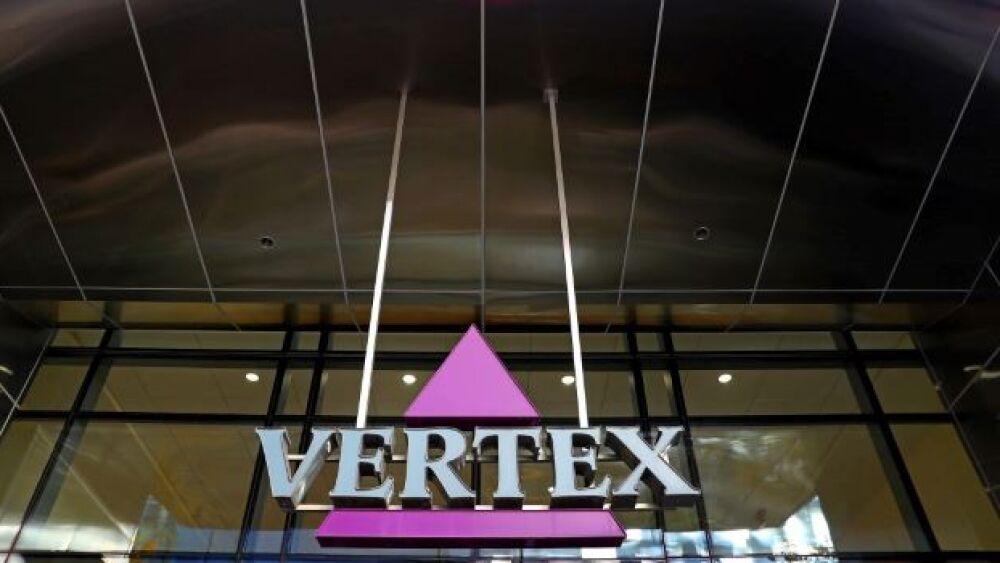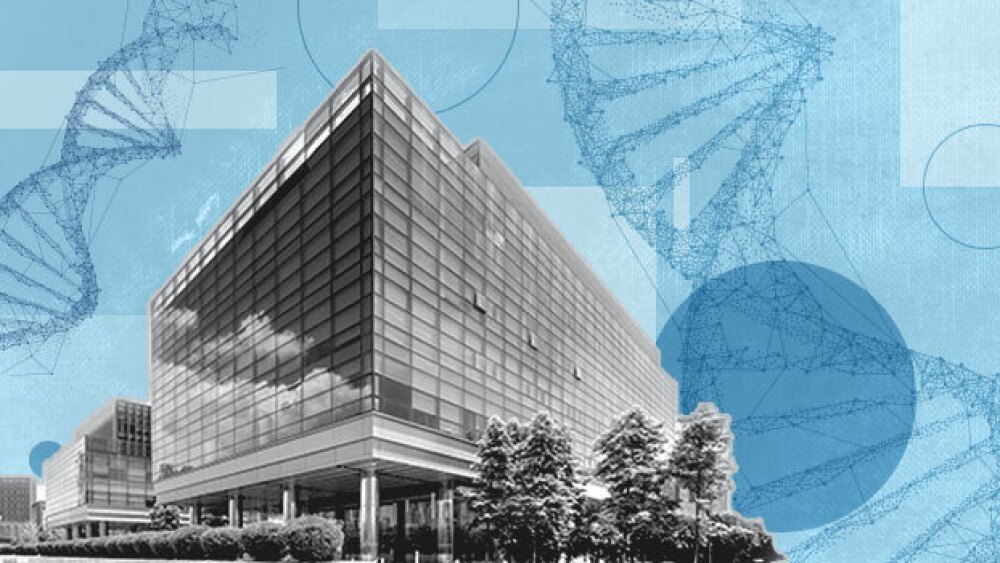Vertex has made a point over the past decade to make research and development a priority, investing over 70% of its expenses back into it.
David L. Ryan/The Boston Globe via Getty
Vertex Pharmaceuticals has made significant progress in the fight against cystic fibrosis (CF) throughout the past decade, bringing onto the market four medicines that treat the genetic disorder with a predicted life expectancy of 46 years. While this worthy indication is where the Massachusetts-based company is best known, it is hardly Vertex’s only offering.
The company’s investment in transformative medicines continues into several other focuses, including type 1 diabetes (T1D), sickle cell disease (SCD) and pain. As stated in its presentation at the 40th Annual J.P. Morgan Healthcare Conference, Vertex’s pipeline is “delivering potential treatments and cures for more patients in multiple new disease areas.”
“Our broad and deep pipeline spans multiple diseases where we understand the causal human biology and are addressing validated targets with multiple different modalities, which maximizes our potential for success,” Carmen Bozic, M.D., Vertex’s EVP of global medicines development and medical affairs and chief medical officer, told BioSpace.
“We have made tremendous progress across our pipeline in the last year, with four positive proof of concept readouts and four programs now in pivotal development, and a fifth program is anticipated to enter pivotal development later this year,” she continued.
One of these programs will address patients living with APOL1-Mediated Kidney Disease (AMKD). The chronic disorder is caused by APOL1 gene mutations. The recently announced Phase II/III adaptive study will evaluate both the efficacy and safety of VX-147, a treatment that hopes to reduce the rate of kidney function decline in patients with AMKD. It is the first investigational therapy intended to treat the underlying cause of the chronic kidney disease.
At the time, Bozic said that “VX-147 holds the potential to be a first-in-class and best-in-class treatment for patients with AMKD, based upon Phase 2 results demonstrating a 47.6% reduction in proteinuria in APOL1-mediated focal segmental glomerulosclerosis (FSGS).”
She added that the company has concluded its discussions with the FDA, “enabling us to initiate the pivotal development program evaluating VX-147 in the broad patient population with AMKD and to have a clear path forward for potential accelerated approval in the U.S.”
In January, Vertex announced positive 150-day results from its Phase I/II study of VX-880, an investigational allogeneic human stem cell-derived islet cell therapy being developed for the treatment of T1D. The company reported that the cell therapy resulted in a 92% reduction in daily insulin use, and an HbA1c decline to 6.7%.
The study continues to dose and enroll patients, measuring the efficacy and safety of various VX-880 dosages. Vertex plans to file an Investigational New Drug (IND) approval in 2023 for a second program approach that will utilize a novel immunoprotective device with transplanted islet cells in hopes of treating an even wider range of T1D patients.
On March 31, Vertex announced positive results from a duo of Phase II proof of concept (POC) studies in acute pain treatment post bunionectomy surgery or abdominoplasty surgery. VX-548 is a selective NaV1.8 inhibitor that may provide a substitute for opioids. In both studies, the data determined that the treatment was “generally well tolerated.” Vertex announced that it will “advance VX-548 into pivotal development” in the second half of 2022.
Another intriguing program is CTX001™, a CRISPR/Cas9 gene-editing therapy currently being investigated for the treatment of sickle cell disease and transfusion-dependent thalassemia (TDT). In June 2021, Vertex and partner CRISPR Therapeutics presented data from their ongoing Phase I/II clinical trials at the European Hematology Association Annual Meeting.
The data was based on 22 patients who were followed up with a minimum of three months post-treatment. At the final follow-up, all 15 TDT patients were transfusion-free. Each of the seven patients with severe SCD showed elimination of vaso-occlusive crises (VOCs) at the final follow-up.
Vertex CEO and President Reshma Kewalramani, M.D., hailed the results, saying that “the data presented today in 22 patients are impressive in both the consistency and durability of effect.” She added that “these results add to the growing body of evidence that CTX001 may hold the promise for a one-time functional cure for sickle cell disease and beta thalassemia.”
Vertex describes itself as “a global biotechnology company that invests in scientific innovation to create transformative medicines for people with serious diseases.”
Along these lines, the company announced that as of April 1, its blockbuster CF therapy, Trikafta (elexacaftor/tezacaftor/ivacaftor and ivacaftor), is available to Australians with cystic fibrosis, and has been listed on the Pharmaceutical Benefits Scheme (PBS).
“I am so proud that one of the final treatments listed on the PBS under my watch as Minister for Health is Trikafta®,” quoted Greg Hunt, Minister for Health and Aged Care in Australia’s Department of Health, in a recent media release. This listing will make access to treatment within reach for thousands of Australians with CF each year.”
Vertex has made a point over the past decade to make research and development a priority, investing over 70% of its expenses back into it. The company plans to sustain this investment level in the future.
Offering treatments to those with serious diseases may be the highlight of these significant strides made throughout the company’s robust pipeline. “We are relentless in investing in scientific innovation with the goal of transforming the lives of people with serious diseases,” Bozic said.





